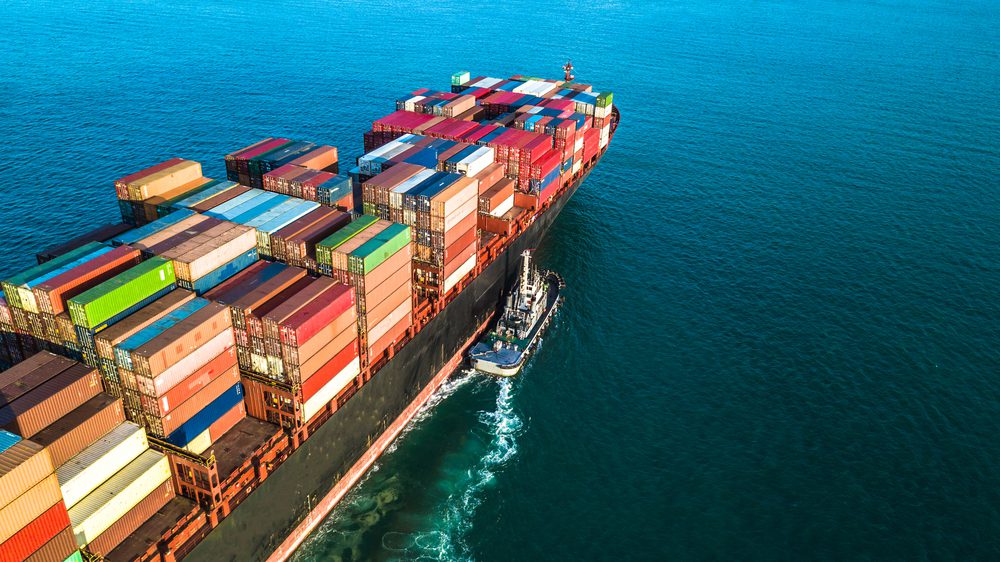Photo: Avigator Fortuner / Shutterstock
By Mike Wackett (The Loadstar) – 2020 will prove another challenging year for ocean carriers in terms of capacity management, according to Drewry.
Although the consultant claimed the industry would be able to cope.
Drewry calculates that 1.2m teu of capacity will be added to the fleet this year, of which almost half comprises 23 20,000-plus teu ULCVs for HMM, CMA CGM and MSC.
According to Alphaliner data, the containership fleet grew by 4% in 2019, to 23.2m teu of capacity (5,337 ships), resulting from 1.06m teu of newbuild deliveries against 207,000 teu of ships sold for scrap.
And with demand growth predicted to remain weak, the ‘challenge’ from the orderbook is ever present.
As in the past, carriers may be able to roll over delivery dates for some vessels into 2021, when currently only two ULCVs are stemmed, but the main tool in their box continues to be blank sailings.
Drewry’s data reveals there were a massive 253 voided east-west sailings by the three alliances last year, significantly up on the 145 cancelled in 2018. It said container lines had become “very adept at switching capacity around and hiding it when necessary”.
Indeed, one carrier source told The Loadstar recently the line intended to be “more aggressive” in its blanking programme this year.
“We cannot afford to let it (supply) get out of control again this year, and we must not be fooled again by over optimistic assessments for the peak season,” he said.
“If we don’t have enough ships, so be it, but at least those that do sail will make some money,” he added.
Moreover, with some 250 vessels. for more than 2m teu of capacity, either being retrofitted with scrubbers or awaiting their turn to enter dry docks, supply will continue to be skewed, at least in the first half of the year, thus enabling carriers to painlessly phase-in newbuilds while incumbent vessels are out of service.
However, longer-term, Drewry, suggests carriers will need to be “more ruthless on demolitions and remain restrained when it comes to ordering new tonnage”.
Another factor that could put a brake on the orderbook is the uncertainty across the industry over the strategy required to reach carbon-neutral targets.
“Deciding on the most suitable ship propulsion alternative will, understandably, take time, and the longer carrier executives take to consider and delay investment in new ships, the more time the industry will have to reduce its capacity surplus,” said Drewry.
“The container industry is now battle-hardened to cope with yet another challenging and unpredictable year. Much like last year, carriers should be able to return solid, if unspectacular, results and continue to prepare the ground for a better future,” it said.
It added a caveat that, to achieve profitability, the lines must continue to keep their operating costs in check.
The Loadstar is fast becoming known at the highest levels of logistics and supply chain management as one of the best sources of influential analysis and commentary.
Check them out at TheLoadstar.co.uk, or find them on Facebook and Twitter.

 Join The Club
Join The Club











